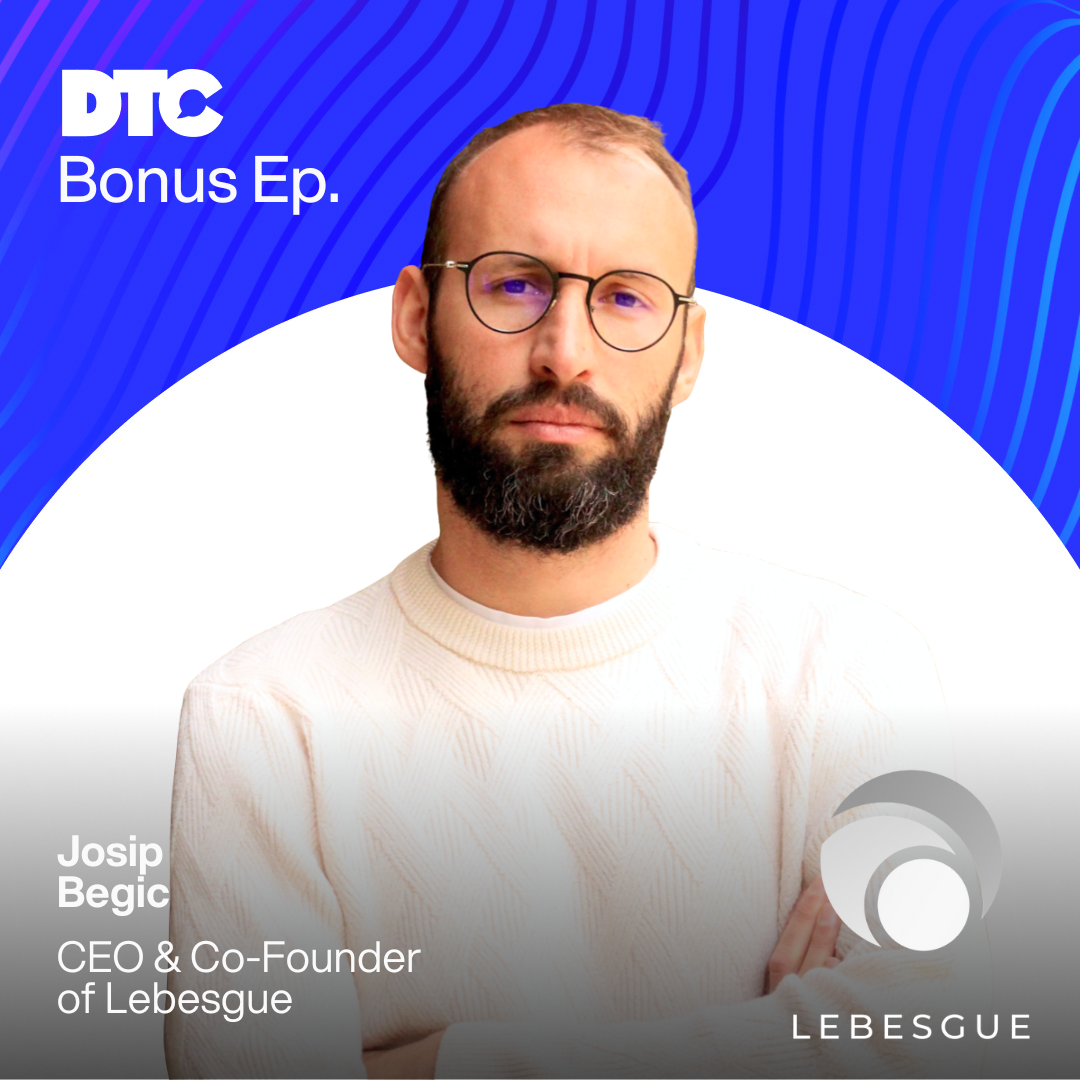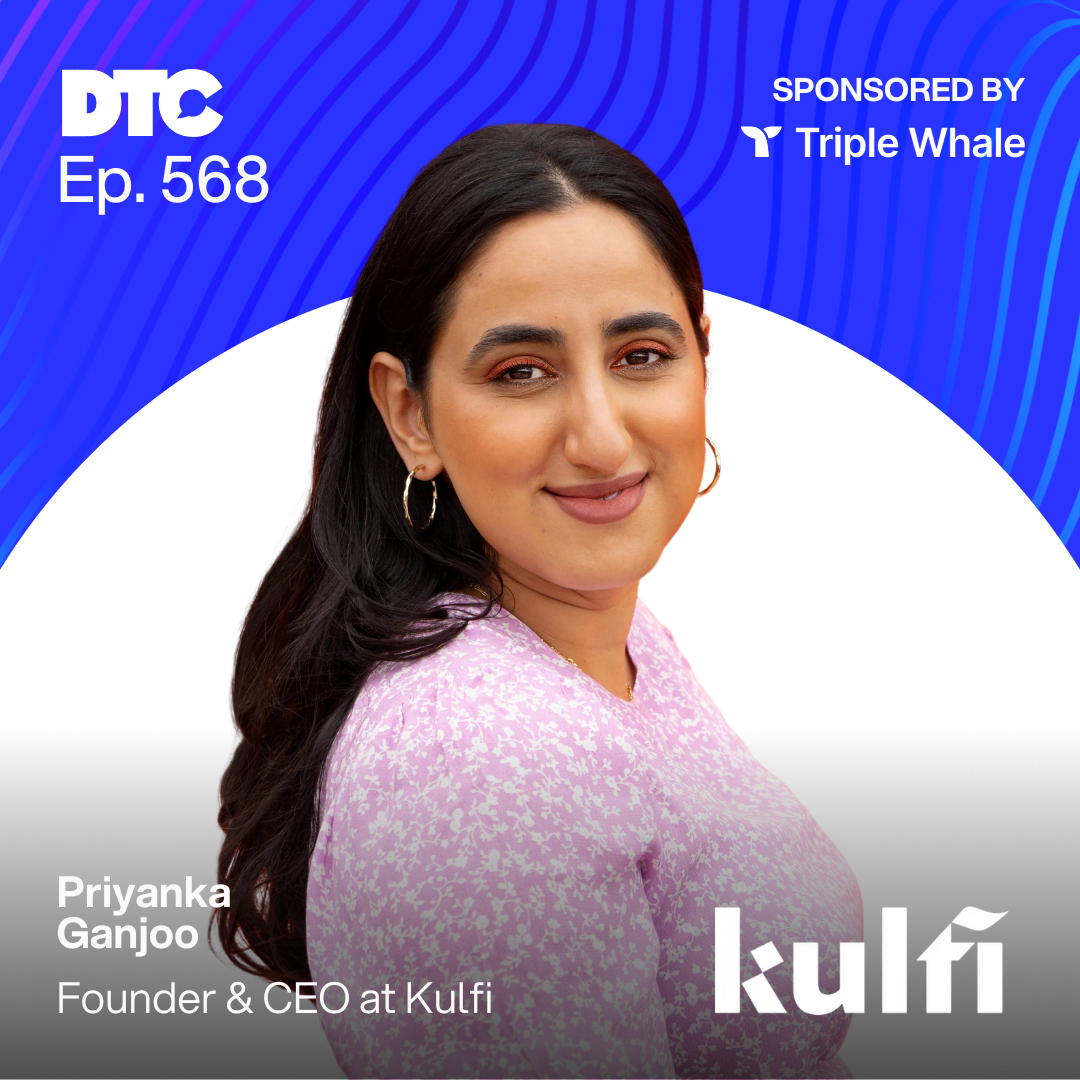

Back

Content
Content

Welcome to the DTC family!
Oops! Something went wrong while submitting the form.

Back

Content



This is a podcast episode from the DTC archive. We hope you enjoy it!
About This Episode
.svg)
With restrictions lifted and consumers hitting the streets again, we've recently seen some BIG shifts in the marketing world.
One of those shifts included the DTC team being able to host our very first DTC Real Live Meetup!
We were lucky enough to chat with some incredible panelists that provided very actionable advice to help your brand navigate the changes in the industry.
We've realized that we can't discuss massive shifts without mentioning – the impossible to pin down – Facebook.
With Facebook's push for broad audiences and their chokehold on marketers, we asked our panelists how they spend with confidence on a channel that isn't built for their success.
But first? The comeback of the season – the resurrection of Brick and Mortar. Yes, what's old is new but is your brand prepared for the shift back? The leaders at Duer, Black Crow AI, Monos, Tru Earth, and Blume have some insights to prepare you for the future… or the past…
🏬 Brick and mortar vs. dot com
We think it’s safe to say that we all knew that the eCommerce wave we were riding had to level out at some point… With the pandemic winding down, we can expect a massive shift from online to in-person shopping.
Even with the expected shift, the panelists are sticking to an omnichannel strategy as it’s predicted that the move to brick and mortar will be very product dependent.
But for your in-store products… how will you collect conversion data from your online ads to in-person sales? 💸
1️⃣ Enter geotargeting: The idea is simple: blast your ad spend on FB ads geotagged specifically to a single location.
Let it sit for two weeks and measure the conversions on your physical stores in the vicinity of the geotagged ad.
Then focus spend on a separate location to measure the difference in B&M conversions.
2️⃣ In-store brand surveys: With people returning in-store, be sure your customer's voice is leveraged. Utilizing in-store questionnaires and taglines like “Which brands are you familiar with?” or “How did you hear about us?” can inform a new understanding of where your brand lands in consumer recognition, advertising, and other off-site factors.
3️⃣ Google surveys: Pay for X amount of respondents, then collect and analyze the lift.
It’s exciting that customers are looking to return to stores. Take this as an opportunity to get to know your customer and analyze how your omnichannel strategy can re-integrate Brick and Mortar.
🤔 Broad audience: good or bad
We hate to break it to you, but Facebook does not have your best interests in mind. They want your brand to be as close to drowning as possible but just above water that you can keep spending.
Both Facebook and your brand have their personal goals and optimizations:
Unfortunately, Facebook and your brand’s optimizations are at odds, and as a brand, you need to keep your own interests at heart. 💖
Facebook’s “broad audiences” is getting your brand to pay for the impressions they can't sell.
🤷♂️ “What do I do?”
The fine-grained approach: This doesn't mean you should spend less, but focus your dollars on people with a high transactional value.
Allocate spend budgets on those with high future value or look-alike audiences based on HFV and bid according to your findings.
You’ll find that the efficiency gains are huge!
Leaders at Duer, Black Crow AI, Monos, Tru Earth, and Blume are ready to tell you their hottest takes for nailing down your future in the DTC marketing space at the Live DTC Podcast!
TAGS






